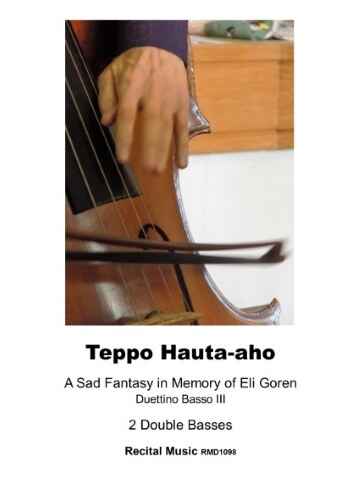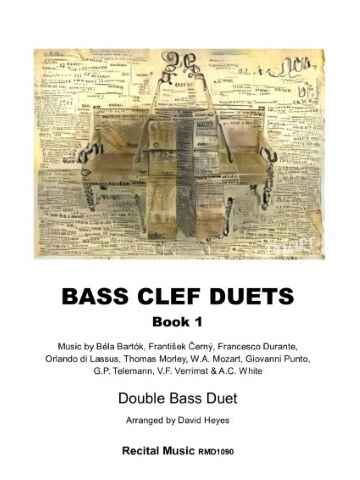Your basket is currently empty!
The Wonders of Nature
Orchestral Tuning

Description
The Wonders of Nature is a five movement suite of colourful, inventive and engaging pieces which are aimed at the intermediate ensemble. Each piece is …short and descriptive, creating opportunities to explore the timbral and tonal qualities of the double bass alongside a supportive and original piano accompaniment which offers evocative and rhythmic interest.
The Wonders of Nature is a welcome addition to the repertoire of music for two double basses and piano.
Michael Montgomery writes: “If we are paying attention, we will notice Mother Nature, as she shows herself to us, reveals her many different ways of being, some lovely, some frightening. With these five movements I’ve tried to capture a handful of those various expressions.
I. Mount Vesuvius
This volcano’s most famous eruption occurred in 79AD, and with that event she destroyed the Roman cites of Pompeii and Herculaneum, killing an estimated 16,000 residents. She is still active, her most recent eruption in 1944 causing still more devastation. This movement is set in common time and draws on a dark and tense D Phrygian tonality.
II. Aurora Borealis
The Northern Lights, named for Aurora, a Roman goddess, and Boreas, the ancient god of the North Wind, are one of the loveliest sights Mother Nature has yet to gift us. This movement, a gentle waltz in 3/4 time, set in G major, makes use of the high harmonics, found at the end of the fingerboard, to accompany one of the movement’s middle passages.
III. Amazonia
Set in C minor and 5/4 time, this movement opens with a five note ostinato (Bb-C- Eb-F-G), and attempts to capture the many-flavoured ambience of the planet’s largest tropical rainforest. Home of the Amazon River and sprawling across the countries of (among others) Brazil, Peru, and Columbia, it is home to over 30 million people, including, at one time, more than 8 million indigenous peoples. It is also home to the Anaconda, Piranha, and Black Caiman (an alligator that can reach 21 feet at maturity)
IV. The Mariana Trench
The Mariana Trench is located in the West Pacific, just east of the Philippines, and
its deepest part is the “Challenger Deep”, whose bottom is almost seven miles below the ocean’s surface. No light from the sun or any artificial light can shine past 3,289 feet down from the surface, and very few animals can survive the pressure and cold at those depths. This movement itself is written in 3/2 time, with its tonality shifting from A major to F sharp minor, a very open setting reflecting the dearth of movement and life in the depths.
V. Niagara Falls
These falls, draining Lake Erie into Lake Ontario, are enjoyed by 13 million tourists annually. No other falls in the world have as great an intensity – the vertical drop is 164 feet at its highest and the dropping water reaches speeds of up to 68 mph. This movement is written in 6/8 time with a carefree Scottish-like lilt expressed by percussive effects on the body of the bass.
R.R.P £8.00
Our Price £6.80
Shipping Costs: No shipping




